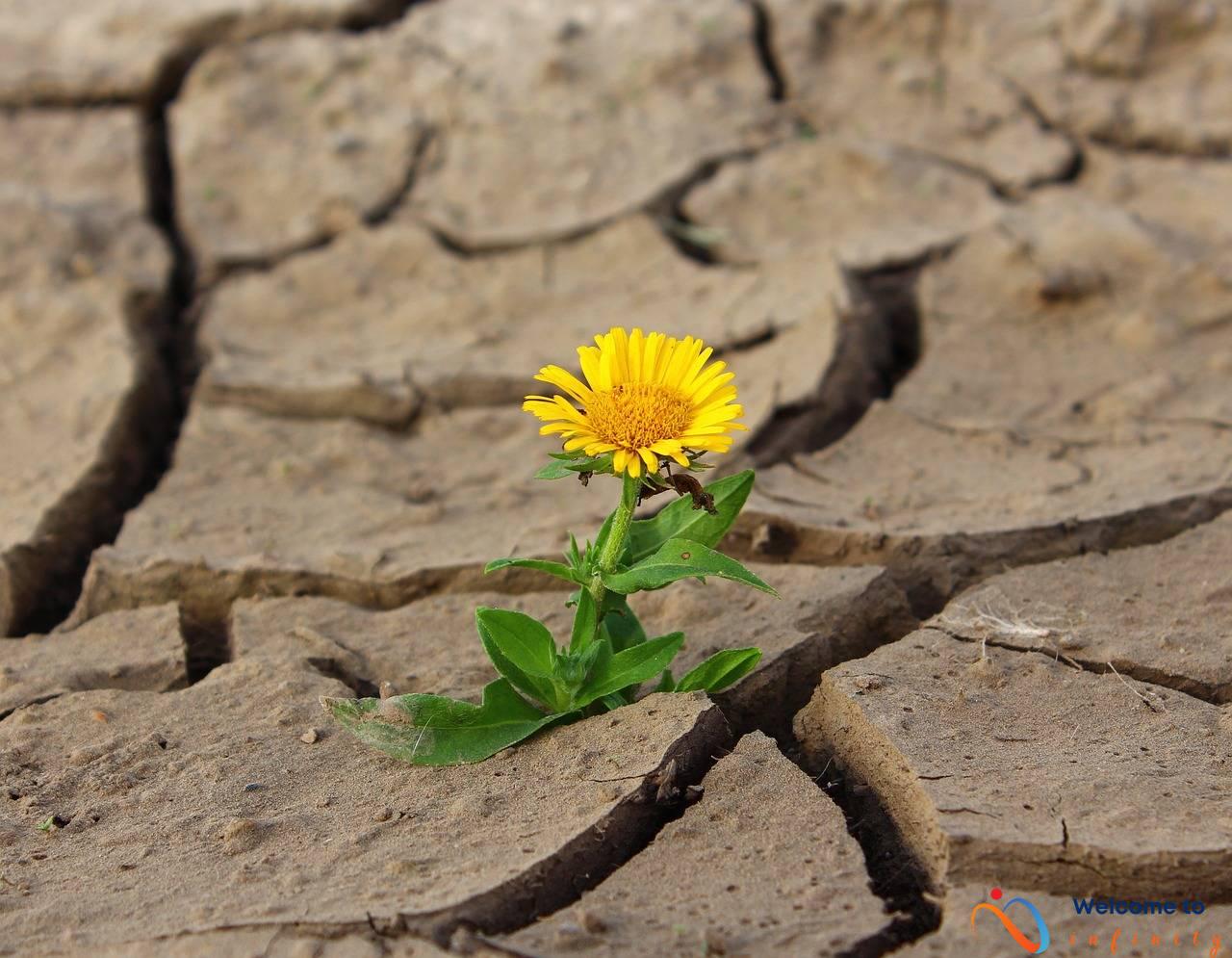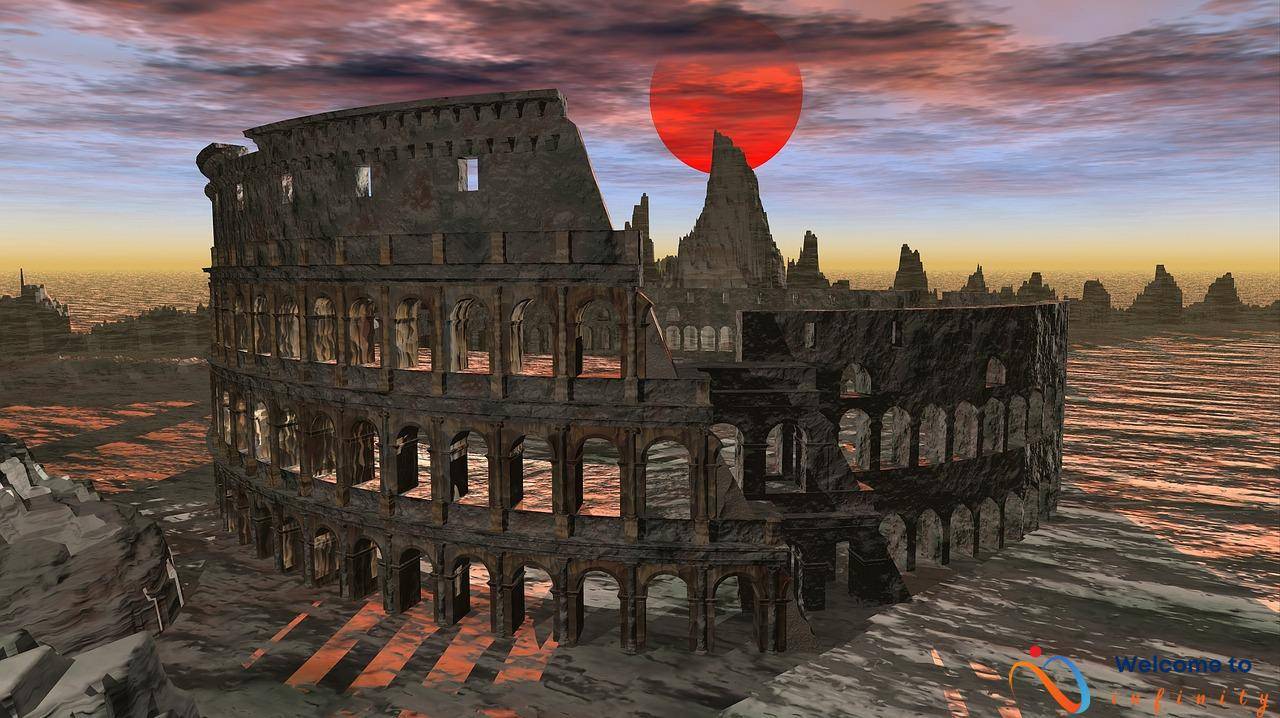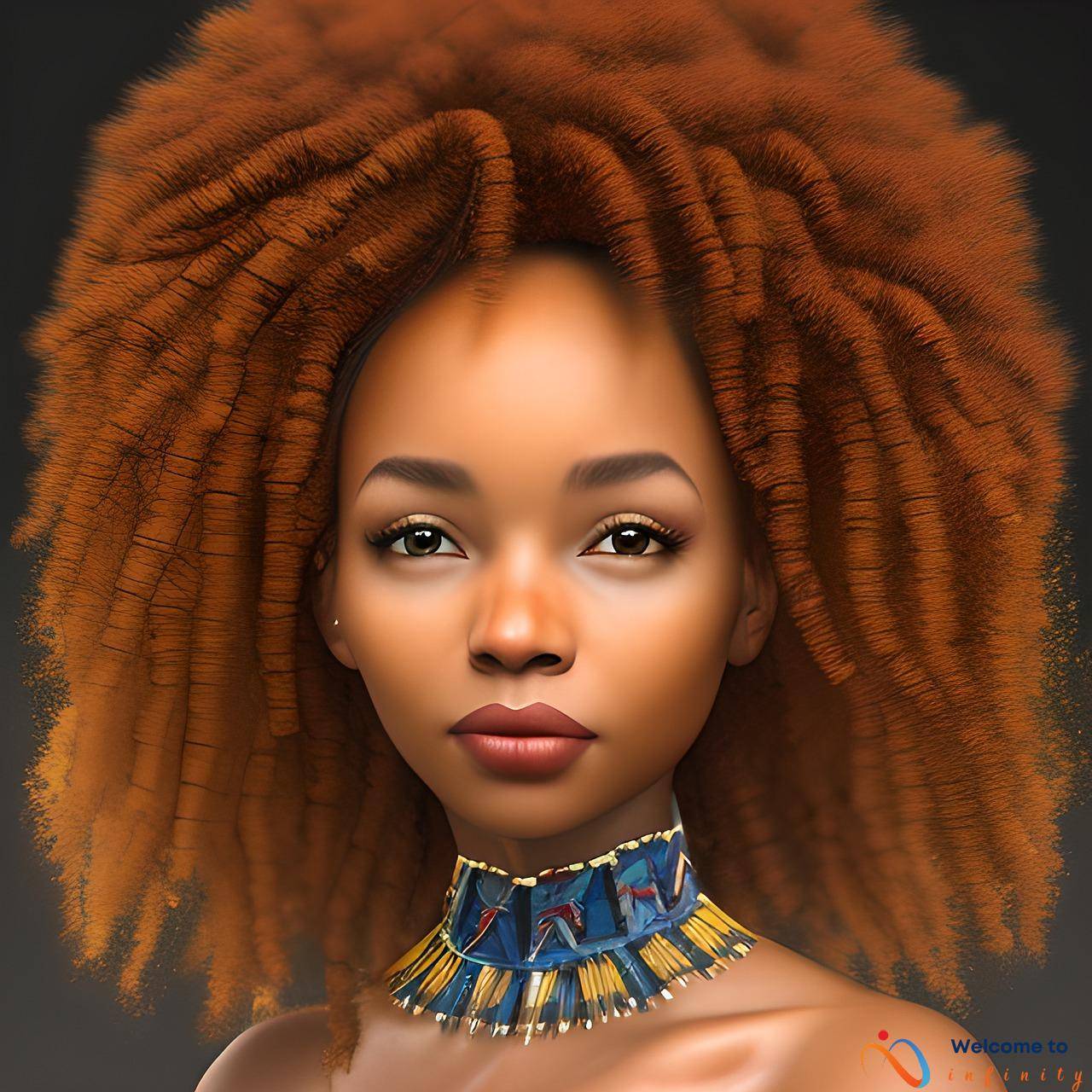Cultural photography has been a powerful tool for preserving and celebrating diverse identities and experiences. It is a way to capture and share moments of human connection, empathy, and understanding across different cultures and communities. Through cultural photography, we can explore the rich and varied tapestry of human existence, and appreciate the beauty of our differences as well as our shared experiences.
At the heart of cultural photography is the idea of cultural identity. By documenting the unique traditions, customs, and ways of life of different groups, cultural photography helps to preserve and celebrate individual and collective cultural identity. Whether it's capturing the colorful dress and joyful celebrations of a community festival, or the quiet moments of daily life in a remote village, cultural photography allows us to gain a deeper understanding of the richness and complexity of human experience.
Furthermore, cultural photography is a powerful way to foster empathy and understanding towards those from different cultural backgrounds. Through the emotional impact of imagery, cultural photography can help us to connect with people from all walks of life, and appreciate the similarities and differences that make us human. By capturing moments of shared experience, cultural photography allows us to see beyond the surface level differences that too often divide us, and connect with the universal humanity that unites us all.
- Through cultural photography, we can:
- Celebrate the diversity of cultural experience
- Promote intercultural understanding and empathy
- Preserve and document cultural heritage and traditions
Despite its many benefits, cultural photography is not without its challenges and controversies. ideas of representation and cultural appropriation have sparked debates and discussions around who has the right to document and profit from cultural imagery. However, by navigating these challenges, cultural photography can continue to play a vital role in preserving and celebrating the diversity of human experience.
Cultural Identity
Cultural identity refers to the shared beliefs, customs, practices, and traditions of a particular group or society. Cultural photography plays a vital role in preserving and celebrating these unique cultural identities. Through capturing visually stunning and deeply meaningful moments of cultural expression, photographers help to immortalize cultural heritage and traditions and promote a more comprehensive understanding of diverse identities.
One of the significant ways cultural photography helps to preserve cultural identity is by capturing the more subtle, everyday aspects of a culture. From traditional dress to rituals and ceremonies, these photographs allow future generations to learn and appreciate the rich and vibrant cultural heritage of their ancestors. Moreover, cultural photography helps to strengthen a group's collective identity by fostering a sense of pride and belonging in shared cultural practices, traditions and values.
- Cultural photography also plays an essential role in celebrating individual cultural identity. It allows individuals to express their identity more wholly and share it with others in beautiful and inspiring ways that might otherwise be challenging to convey in words or actions alone.
- Photography provides an opportunity for people of different cultures to interact and engage with each other, breaking down barriers and promoting dialogue. Only in this way can cultural expression be explored and understood.
- When photographers capture moments of cultural expression, they help to build an awareness of, and respect for, different cultures and worldviews. This, in turn, helps to foster a more compassionate and empathetic society.
Indeed, cultural photography is a powerful tool for creating and sharing human experiences across borders and generations and ensuring that diverse cultural identities add to, rather than detract from, our shared humanity.
Human Connection
Cultural photography has a unique ability to capture moments of human connection and empathy across different cultures and communities. Through the lens of a camera, photographers can observe and capture images that showcase the small moments of everyday life that connect us all. These moments can range from a shared smile between strangers, to a tender moment between family members or friends.
Cultural photography has the power to break down barriers between people from different cultures and create a sense of shared humanity. By capturing images of people from diverse backgrounds, it can help people to understand and appreciate the experiences and perspectives of others. Seeing photographs of people from different cultures can also help to foster empathy and understanding towards those from different walks of life.
Furthermore, cultural photography can also help to capture and preserve important historical and cultural moments. By documenting and preserving images of cultural practices and traditions, it can help to pass on cultural knowledge and to ensure that these traditions are not lost to time. Additionally, cultural photography can also draw attention to important social and political issues, and can be used as a form of activism or advocacy.
Despite its many benefits, cultural photography is not without controversy. One of the most common criticisms of cultural photography is the issue of representation. It is important that photographers are inclusive and respectful when capturing images of different cultural groups. Photographs should not perpetuate negative stereotypes or biases, and should instead strive to represent cultural groups in a fair and accurate way.
Another contentious issue surrounding cultural photography is that of cultural appropriation. It is important that photographers do not profit from the cultures of others without proper understanding or respect. Photographers should be mindful of their subject's culture and processes, and should seek to work in collaboration with communities and cultural leaders to ensure that their work is respectful and appropriate.
In conclusion, cultural photography has the ability to capture moments of human connection and empathy across different cultures and communities. It helps to celebrate diversity and preserve cultural knowledge, and can be a powerful tool for activism and advocacy. However, photographers must be mindful of issues of representation and cultural appropriation, and must work to ensure that their photography is respectful and inclusive.
Emotional Impact
The emotional impact of cultural photography extends beyond just capturing beautiful images. It has the power to cultivate a deeper sense of understanding and empathy towards those from different cultural backgrounds. When we view photos that explore the traditions, customs, and beliefs of others, it can inspire us to reflect on our own values and experiences.
Cultural photography creates a connection between the subject and the viewer, allowing us to see the world through their eyes. It provides a glimpse into the daily lives and struggles of individuals from diverse cultures, allowing us to empathize with their experiences and understand their perspectives.
Through cultural photography, we are exposed to a world beyond our own. We are invited to celebrate the differences that make us unique and to discover the commonalities that unite us. This can not only foster compassion and understanding but also inspire action towards creating a more inclusive and accepting society.
- For example, a photo of a smiling child in a traditional outfit from a remote village can evoke feelings of joy and curiosity, prompting us to learn more about the culture and its people
- Similarly, a photo depicting the aftermath of a natural disaster in a foreign country can evoke feelings of empathy and inspire us to make a difference by contributing to relief efforts
Overall, the emotional impact of cultural photography lies in its ability to transcend language barriers and cultural differences, connecting us on a deeper level as humans. It not only documents important moments in history and preserves cultural identity but also encourages us to see the world through a more empathetic and compassionate lens.
Shared Experience
Cultural photography is a way to capture moments that acknowledge the diverse identities and experiences of people around the world. Through this practice, we can learn about different cultures and ways of life, and connect with people in meaningful ways. By sharing our experiences with others, we can appreciate the beauty of human diversity and expand our understanding of the world.
Through cultural photography, we are able to see different ways of life, customs, and traditions. In essence, it allows us to learn about the world without having to travel far. By seeing the world through someone else's lens, we are able to get a glimpse of their perspective and experiences. We can appreciate how they live, what they believe in, and how they see the world. We can then use this knowledge to expand our own outlook on life, and find deeper meaning in our own experiences.
As we explore different cultures through cultural photography, we begin to see the similarities that bind us all. Regardless of where we live or our backgrounds, we all have shared experiences and emotions. Through cultural photography, we can share in these moments with others, and connect with people who come from vastly different backgrounds than our own. This shared experience allows us to develop a greater sense of empathy and understanding towards others.
Ultimately, cultural photography is an incredibly powerful tool that can foster greater understanding and appreciation of the diversity of human existence. By sharing our experiences and perspectives, cultural photography allows us to connect with others across different cultures and communities. It invites us to step into the shoes of others, and to explore the world with compassion, curiosity, and open-mindedness.
Challenges and Controversies
Cultural photography is an essential aspect of preserving and celebrating diverse identities and experiences. However, it is not without its challenges and controversies. One significant issue is the idea of representation. It is crucial to ensure fair and accurate representation in cultural photography to avoid perpetuating stereotypes or biases in imagery.
Another controversial topic is cultural appropriation. Cultural appropriation in photography refers to a photographer profiting from the cultures of others without proper understanding or respect. This practice can lead to the commodification of cultures, and the harm caused can go beyond superficial offenses. Many people argue that cultural appropriation is an act of disrespect and theft, while others defend it as a form of artistic expression.
Furthermore, cultural photography also needs to navigate issues of power dynamics. As photographers, we may hold a position of privilege and power over the communities we photograph. It is crucial to exercise sensitivity and approach photography with humility and respect. By doing so, we can build trust and establish a collaborative relationship with the subjects of our photographs.
In conclusion, cultural photography is a valuable tool for capturing and preserving diverse human experiences. However, we must take the challenges and controversies surrounding it seriously. By being aware of issues such as representation and cultural appropriation, we can use cultural photography to foster understanding and empathy while avoiding unintentional harm.
Representation
Representation in cultural photography is of utmost importance. The purpose of cultural photography is not only to capture and preserve moments and experiences but also to accurately represent the people and cultures being photographed. It is crucial to understand that cultural photography is not an opportunity to perpetuate stereotypes or biases. Photography has the power to create a lasting impression, and therefore, it is vital to ensure that those impressions are positive and accurate.
When cultural groups are marginalized or misrepresented in popular media, cultural photography can serve as a powerful tool for balancing the equation. It is the responsibility of photographers to ensure that they are not presenting photos that uphold stereotypes or perpetuate biases. They must strive for accuracy and fairness when capturing images of people and cultures. Moreover, photographers must understand the context and history behind the individuals and groups they are photographing.
Cultural photography's primary goal is to capture moments of human experience, but that must be done equitably. Representation in cultural photography is especially vital as it can impact how cultures and people are understood. By accurately portraying and capturing diverse cultural experiences, photographers can promote positive attitudes and foster greater understanding, instead of perpetuating cultural misunderstandings.
To ensure that cultural photography is representative and respectful, photographers should always consider how they portray people. Photographs should reflect diversity and highlight the different aspects of culture that make people unique. It is vital that photographers seek permission from the people they photograph and communicate with them about how their images will be used. Photographers must also work to avoid presenting images that may be exploitative or reinforce negative stereotypes.
Therefore, accurate and fair representation is crucial in cultural photography, as it plays a significant role in promoting understanding and appreciation between people from different cultural backgrounds. By accurately portraying different cultures, photographers play a vital role in preserving their identity, history, and community.
Cultural Appropriation
Cultural appropriation in photography is a contentious issue, with many questioning the ethics of photographers profiting from cultures that they do not understand or respect. The main criticism of cultural appropriation is that it can perpetuate stereotypes and reinforce power imbalances between dominant and marginalized cultures.
One example of cultural appropriation in photography is the use of indigenous dress and props in fashion shoots, without any understanding or acknowledgement of the cultural significance of these items. Additionally, many photographers have been accused of photographing marginalized communities without their consent, or using images for profit without proper compensation or acknowledgement.
It is important for photographers to approach cultural photography with sensitivity and respect, working closely with the communities they photograph to ensure that their images accurately reflect their lived experiences. This can involve offering compensation for the use of images, seeking consent from individuals before photographing them, and working to build trusting relationships with community leaders and organizations.
Ultimately, cultural appropriation in photography is a complex and nuanced issue, and it is important for photographers to educate themselves on the cultural significance of the images they take and to approach these images with respect and sensitivity.










